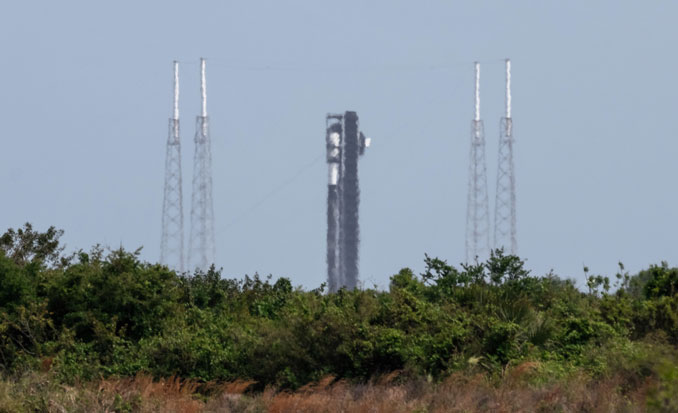Radiating Exoplanet Discovered in “Perfect Tidal Storm”
Can tidal forces cause an exoplanet’s surface to radiate heat? This is what a recent study accepted to The Astronomical Journal hopes to address as a team of international researchers used data collected from ground-based instruments to confirm the existence of a second exoplanet residing within the exoplanetary system, HD 104067, along with using NASA’s …
Radiating Exoplanet Discovered in “Perfect Tidal Storm” Read More »







